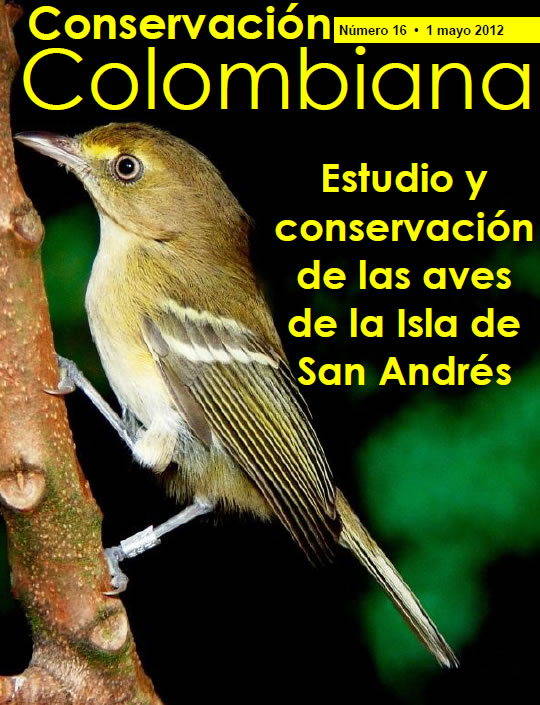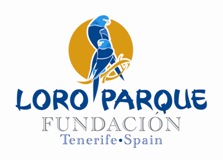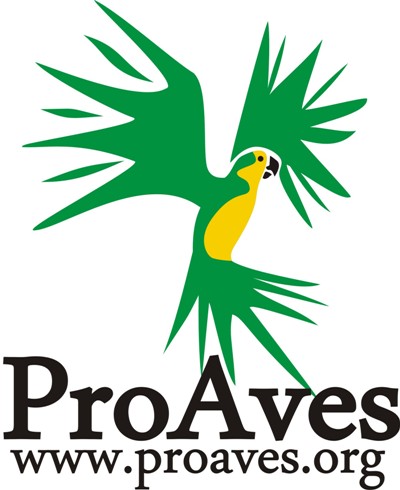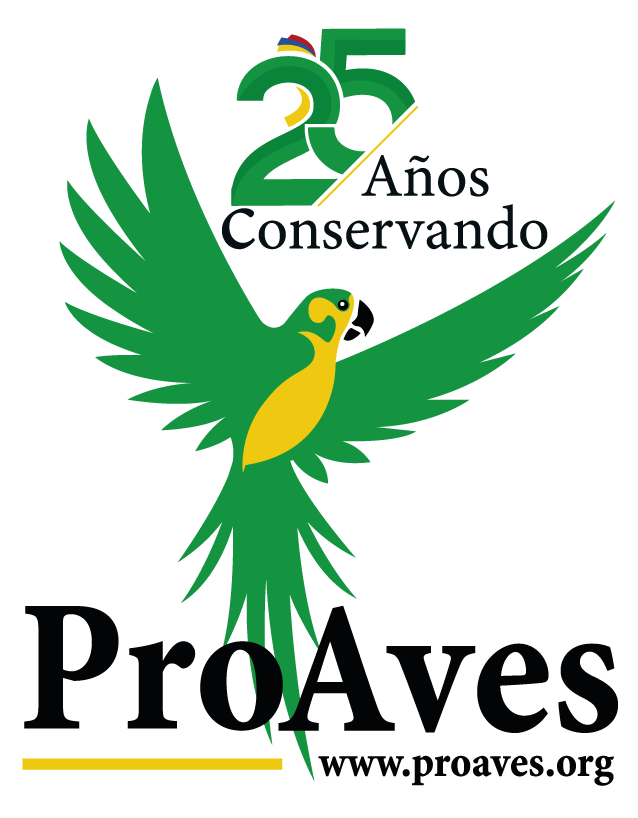The study includes a detailed description of the area, its location, geomorphologic aspects, climate, soils, ecosystems and population. It also explains the methodology used and the results obtained over seven years of constant monitoring conducted on the island. There is a detailed description of priority ecosystems for birds and the major threats they face.
Among the results, 119 species of wild birds were recorded on the island of San Andres. 26 species were resident birds and 93 species were boreal migrants, some with migration patterns unique to San Andres and different to the rest of the country (Salaman et al 2008). Of the 119 species recorded for the island in this study, only two species are categorized as vulnerable (VU), the endemic San Andrés Vireo Vireo caribaeus and the migratory Cerulean Warbler Dendroica caerulea. In addition, three species have been listed as Near Threatened (NT), 112 species are in the Least Concern category of threat (LC) and two have not been evaluated because they are not yet recognized as a species.

The publication presents a timely conservation plan for the bird species in the archipelago, both migratory and residents.
Finally, the study proposes an action plan for research and conservation at the regional level, which specifies the necessary actions for priority ecosystems to have better opportunities in terms of environmental protection. The plan includes specific objectives for research, conservation and improvement of public health, concise actions to achieve the objectives, estimated timescales and the possible actors in each process.
Find here the PDF file to view and download for free
Conservación Colombiana is published with the support of:
 |
 |
|
 |
